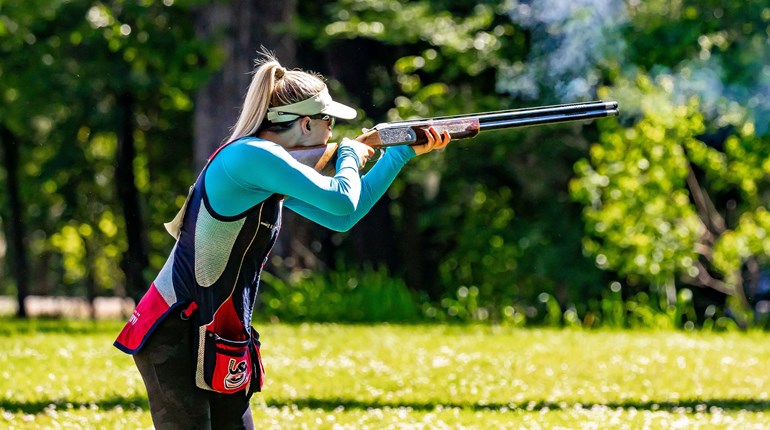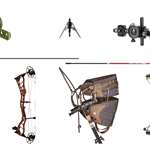
I don't know about you, but the fall-like weather that swept much of the country in late July/early August hasn't helped my anticipation of September seasons. My brain tells me it's still summer; my heart says, "Oil the guns. It's time."
To make matters worse, the reminders of impending seasons are rampant, none of which help the final weeks go by any faster. Duck Stamps are on sale and waterfowl survey results are posted. And more recently Pheasants Forever (PF) released its Pheasant Nesting Habitat Conditions report.
This initial field report doesn't provide actual brood survey numbers—those will be available in September—but it is a good indicator of whether the habitat conditions in several given states were conducive to brood rearing.
Overall PF says nesting conditions were better this year than last. Habitat was favorable across much of the Midwest, and the drought-stricken Great Plains states finally received rains. However, there are a few states that desperately need a good hatch and likely did not get one. For the full state-by-state breakdown, check out the PF report. Here are a few key areas I'd like to touch on:
South Dakota
South Dakota's roadside pheasant counts were down an alarming 64-percent in 2013, perhaps due to factors including a drought, cold/wet spring and slashing of CRP acres. To make matters worse, an early October blizzard likely took a further toll on the birds. So, can one of North America's most iconic game populations--South Dakota pheasants--bounce back in 2014? From the PF report:
Weather conditions were favorable for pheasant production over most of the primary pheasant range from late April through June, reports Travis Runia, South Dakota Game, Fish and Park’s lead pheasant biologist. “Below normal winter snowfall likely resulted in above average overwinter survival of pheasants,” Runia said, “With more hens available for nesting, the potential for an increase in population exists, given favorable nesting conditions.”
Only the southeast corner of the state had poor conditions, as record-breaking rainfall flooded many areas. At this point all signs indicate a productive year for South Dakota.
North Dakota
North Dakota is arguably second only to its southern neighbor in terms of quality pheasant hunting. How'd it fare? PF says low pheasant mortality and abundant spring grasses have boosted pheasant numbers about six percent statewide over last year. However, this increase is over a lackluster 2013, in which winter mortality hurt the population.
Iowa
The once-great pheasant state of Iowa continues to struggle. The Hawkeyes endured a severe winter and wet spring—such conditions do not result in more pheasants.
Minnesota
For a while it appeared Minnesota—particularly its southwest corner—was quietly challenging South Dakota's reign as pheasant king. Yet, for the second straight year, Minnesota's birds were struck with late-season snow storms and a wet spring. Still there is some hope, according to the PF report: June temperatures were average, which may have helped chicks survive, and many broods were observed after the rains. Hopefully this indicates many others endured the wet conditions as well.
The report, of course, is biologists' best guess regarding how their states' hens fared. More accurate data will be revealed by the brood count report next month and--better yet—the number of birds in hunters' vests just a few weeks from now.





































